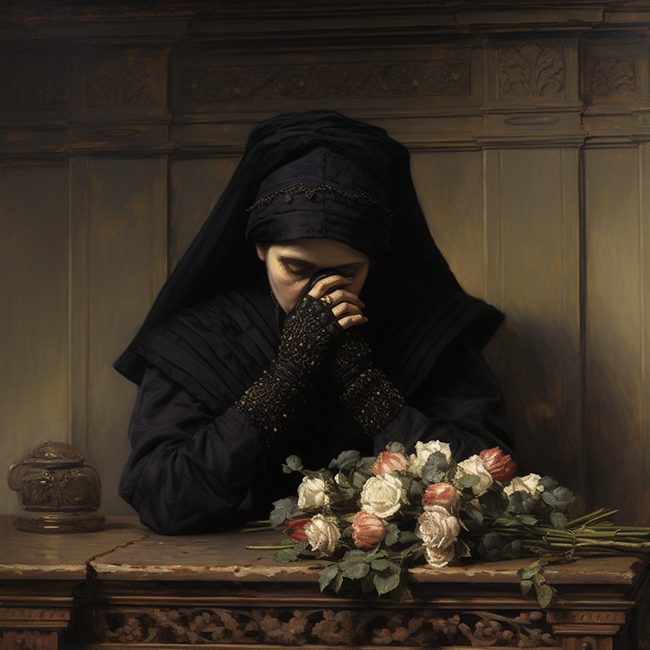
It has always fascinated me how certain rituals and traditions, no matter how obscure, persist in our collective consciousness. One such tradition is the rite of “Bell, Book, and Candle,” a medieval practice of excommunication that has permeated popular culture to the point of becoming the title of a 1950s Broadway play and a Hollywood movie.
Today, we’re going to delve into this mysterious rite, exploring its historical context, symbolism, and enduring influence.

The rite of the “Bell, Book, and Candle” hails from the Christian tradition, specifically from the Roman Catholic Church. This ceremony was an especially dramatic form of excommunication – the spiritual equivalent of capital punishment.
Originating around the 9th century, the ritual was used to expel and publicly shame those who committed severe breaches of ecclesiastical law or were perceived as a threat to the church or the spiritual health of its community.
The process was rich in symbolism, each element of the rite – the bell, the book, and the candle – serving a specific purpose.
The bell, a common fixture in Christian liturgical practices, represents communication with the divine. In this context, however, the bell was rung in a funereal tone, signaling spiritual death.
This grim tolling was a proclamation that the excommunicated person’s soul was, in the eyes of the church, now bereft of divine grace.

The book referred to in this rite was the Bible or a liturgical book containing the formula of excommunication. The reading from the book made the sentence official, for words have power – especially words spoken by the Church’s authority. This reading was akin to a spiritual death sentence.
The candle played a potent role as well. It was first lit, symbolizing the presence of God or the life of the soul. As the sentence was read, the candle was dramatically extinguished, representing the cutting off of the individual from the light of God’s grace.
It’s worth noting that this ceremonial excommunication was an extreme measure, used sparingly, and only for what the Church considered the gravest offenses. It was a solemn, sobering event – a stark reminder of the Church’s power and the gravity of the transgression.

The enduring cultural interest in the “Bell, Book, and Candle” rite may stem from its inherent drama and symbolism, but it’s also a fascinating reflection of how we perceive, interpret, and adapt historical religious practices.
Though this ritual is no longer practiced in modern Catholicism, its cultural footprint is still apparent, appearing in literature, movies, and even casual language when we talk about definitive endings or irreparable situations.

